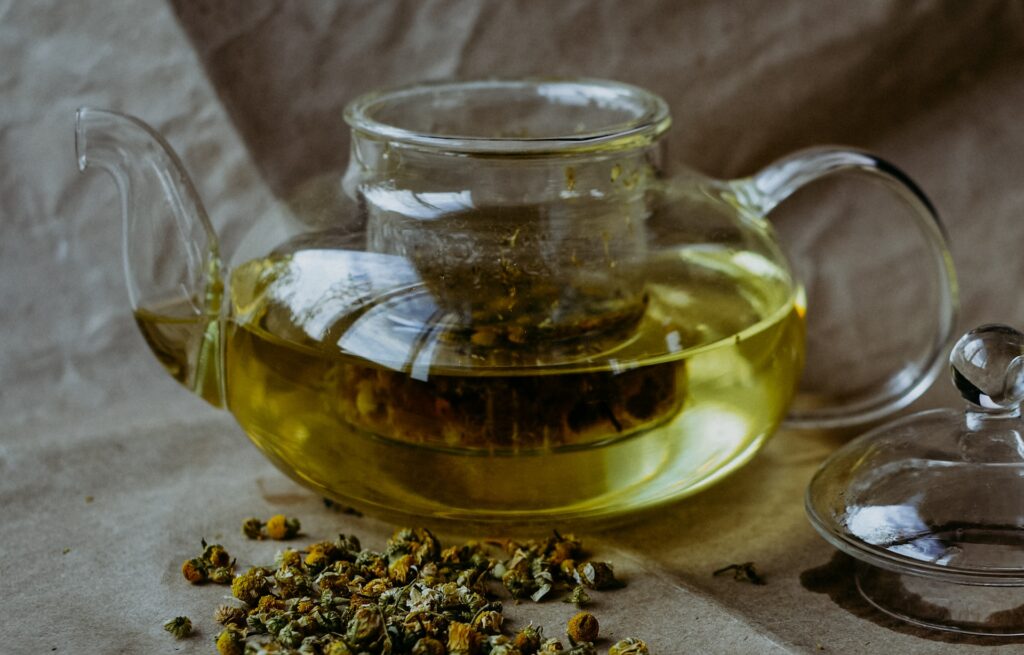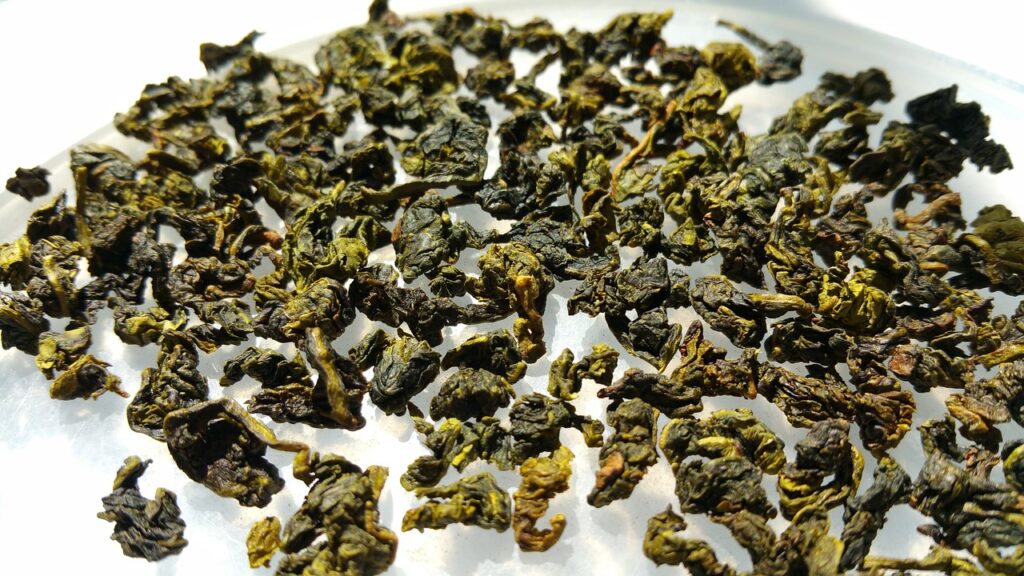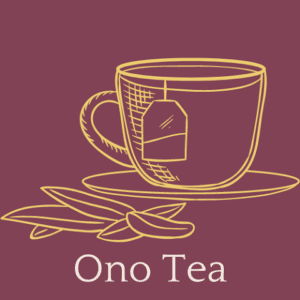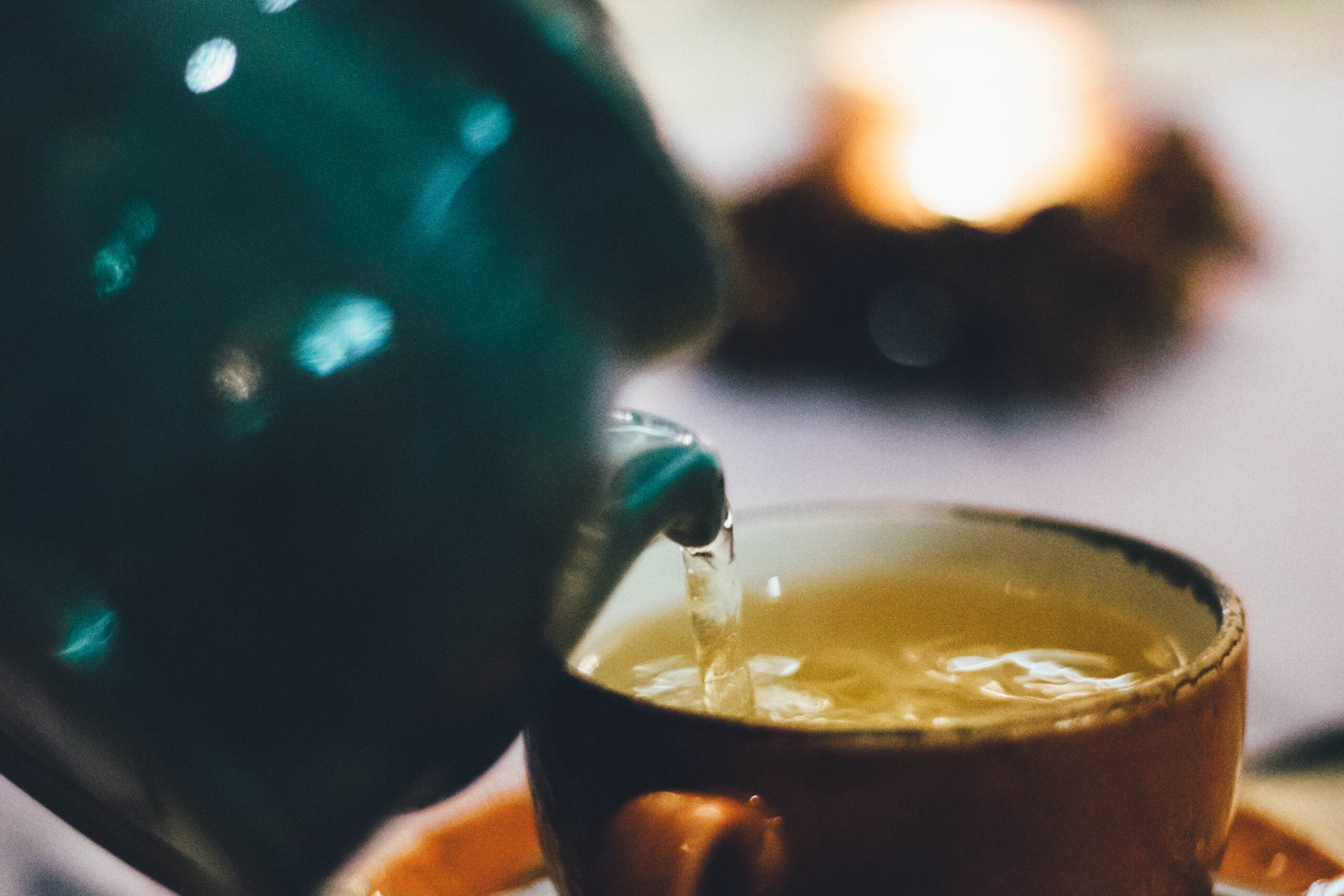Black and green teas have long been popular, but Oolong tea is catching up. Its wide variety, unique flavor, and scent bomb have made it very popular among tea drinkers. Besides, taking it comes with many health benefits. However, the selection process can be challenging due to the wide variety, diverse profiles, and limited availability.
To that end, we have detailed the best Oolong tea varieties in this article. The information will help your cupping process. Besides, we have covered how to brew Oolong tea like a pro using loose-leaf tea leaves, which are better than tea bags. But first, let’s find out the factors that differentiate Oolong teas.
Factors That Differentiate the Oolong Tea Varieties
These tea leaves come from the Camellia Sinensis plant but are different in the following ways:
Growing Region
The region where the tea plants are grown differentiates the variety of Oolong teas. This is because the environmental conditions differ in the different areas. Here is how the growing regions determine the Oolong tea varieties:
- Climate: Climatic conditions play a significant role in the growth of tea plants. Thus, factors like rainfall, temperature, and humidity influence the flavor of Oolong tea leaves. For example, the high-mountain Oolong teas from Fujian province in China have floral flavor due to the cool and misty climate.
- Altitude: High-altitude areas have lower oxygen levels, cooler temperatures, and varying sunlight intensity. These conditions lead to slow tea leaf growth, hence the distinct flavor and aroma of the Oolong teas grown in such areas.
- Soil Composition: Like other plants, the black dragon tea plants absorb and retain the surrounding mineral content. As a result, the teas grown in volcanic, clay, and loamy soils will have different tastes and aromas.
- Terroir: The Wulong tea also differs per terroir, which is the holistic concept of the growing environment. For example, the terroir of the Wuyi Mountains in China gives the Oolong tea from that region a unique, rocky taste.
- Traditions and Cultivation Methods: The history of Oolong tea cultivation also differentiates these teas. For instance, premium Oolong tea from an area with a long history of cultivation has signature flavors.

Age
As for the green and black teas, the age refers to when the Oolong tea leaves were picked. You will find Oolong teas made from tea leaves harvested in the budding stage to be different from those made using mature tea leaves. Why is this so?
Oolong tea flavor and aroma develop with time through chemical reactions and interactions within the tea leaves. These changes mellow existing flavors and create new ones. Besides, Oolong tea smooths as it ages, reducing bitterness. As a result, you will enjoy a smooth taste when you drink Oolong tea made from mature tea leaves.
Processing Technique
These teas are processed differently, with the techniques determining flavor and taste. The key processing technique that differentiates the oolong teas is withering, where moisture is removed. The duration and method affect flavor and aroma. Those that have withered lightly are greener and have more natural freshness. In comparison, the heavy, withered ones have a more complex taste.
Other steps include bruising and rolling. This process entails rolling the tea leaves to kickstart oxidation. The tea producers do it manually or mechanically. The method also enhances enzyme release, which influences color and flavor.
The 5 Best Oolong Tea Varieties
1. Phoenix Oolong Tea (Dan Chong or Dan Cong)
This is a variety of Oolong tea cultivated in Guangdong Province, China. It is also known as Guangdong, Dancong, Wu Long, or Wulong. We have included it due to its cultivar and processing method, which set it apart.
Phoenix Oolong is produced using tea leaves derived from a “single trunk tea tree”, a unique variety of tea plant. The cultivators go to great lengths to propagate the plants so they can produce tea leaves with unique aromas and tastes.
Its processing is also unique, entailing plucking two leaves and a bud or individual leaves. After careful plucking, the tea leaves are withered, partially oxidized, and then roasted.
Phoenix Oolong Tea also has a wide variety of flavors, ranging from fruity to honey-like, making it one of the best. Besides, it has different varieties, namely:
- Mi Lan Xiang (Honey Orchid Fragrance)
- Zhi Lan Xiang (Purple Orchid Fragrance)
- Huang Zhi Xiang (Yellow Sprig Fragrance)
2. Wuyi Oolong Tea (Da Hong Pao)
Grown in the Wuyi Mountains, this variety of Oolong tea is also known as Da Hong Pao. It is cultivated in the Fujian Province of China and is a popular Oolong variety among tea drinkers. The growing region gives it the name rock tea, besides blessing it with a unique taste and aroma.
This traditional Oolong tea undergoes a century-old processing technique. The process starts with carefully plucking tea leaves from “original bushes”, which are centuries old. They are then withered, roasted, and pan-fried before repeated rolling.
There are different Wuyi Oolong tea varieties, each with a distinct flavor. The varieties and flavors are as follows:
- Ren Xing: cinnamon-like flavor
- Bai Ji Guan: floral and honey-like flavor
- Da Hong Pao: full-bodied flavor
- Gongfu Brick: roasted flavor

3. Iron Goddess of Mercy (Tie Guan Yin or Ti Kuan Yin)
Iron Goddess of Mercy is another organic Oolong tea variety that makes it to this list due to its unique properties. This tea comes from the “Tie Guan Yin” cultivar and originates in the Fujian Province of China, giving it a distinctive flavor that tea lovers all over the world adore.
This tea undergoes a distinctive process that starts with a brief withering. The withering can be done indoors or outdoors, depending on the expected outcome. Cooling is the next step, which stops oxidation and is done using cool air to preserve the tea’s freshness. Other processing steps include rolling, oxidation, fixation, and shaping.
Iron Goddess of Mercy Oolong tea is your go-to option for floral, toasty, or mellow flavors. You should choose it if you yearn for an Oolong tea that will leave a lingering aftertaste.
4. Milk Oolong Tea (Jin Xuan Tea)
This Oolong tea is also known as Jin Xuan and derives its name from its creamy aroma and taste. It is grown in the high Taiwanese mountains in the Nantou and Alishan regions. The growth regions contribute to its unique flavor.
The processing of Milk Oolong tea starts with timely plucking. The cultivators harvest the leaves during the appropriate season, optimizing quality and flavor. For the best milk Oolong tea, the harvesters pluck tender young leaves. The tea leaves are then withered and cooled. They are then rolled into pellet-like forms, releasing the natural oils and starting oxidation.
Unlike other varieties of Oolong, the Milk one is oxidized by 15–25%. This slight oxidation retains the tea’s unique features and prevents a stronger flavor from developing. Fixation and milk scenting are the other processing steps that give this tea a unique flavor.
5. Oriental Beauty Oolong Tea (Bai Hao Oolong, Dongfang Meiren, or Champagne Oolong)
This is another Taiwanese Oolong tea produced in the Emei and Hsinchu regions. The teas derive their unique features from these regions’ microclimates. The unique harvesting of Ornamental Beauty Oolong tea is one of the things that make it unique.
Tea pluckers harvest the leaves in the summer when the tea plants are bitten by a special insect called the tea jassid. The chemicals that the tea leaves release when the insects eat are the cause of this timing. After plucking, the producers oxidize and roast the tea leaves to create the final product.
This tea has a complex flavor profile, but in most cases, you will find it sweet, fruity, or honey-like. It has a captivating aroma that makes it popular among tea drinkers.

How to Brew Loose Leaf Oolong Tea like an Expert
The process of preparing Oolong tea isn’t complicated. The steps are as follows:
Step 1: Tea Leaves Preparation
You will start by choosing your variety of Oolong tea leaves and then preparing them. This process entails measuring the right quantity depending on the Oolong tea variety. The correct quantity is usually 1-2 teaspoons per 6 oz. of water. Note that you can use the tea bags if you find it convenient. However, the loose-leaf Oolong tea leaves are the best to test your brewing skills.
Step 2: Water Warming
In this step, you will warm the water until it reaches 200°F. It will help if you use a thermometer or temperature-controlled tea kettle. You can boil it without any of the two and leave it to cool for two minutes. You will then add Oolong tea leaves, swirl, and then discard. Preheating your teaware would be best at this point.
Step 3: Steeping
After that, you will pour the hot water again on the tea leaves and cover them for some time to steep. The steeping temperature varies depending on the loose-leaf tea variety. Note that very hot water will make the tea bitter, while too cold will make it flavorless. The best temperature ranges from 180 to 200°F, and you can do so multiple times.
Step 4: Serve
Serving the tea will be your last step. You have the choice of taking hot or warm tea. Oolong teas have complex flavors, making it possible to enjoy them without additives. However, you can add honey, citrus, or dried jasmine to flavor your brew differently.
Note that the above step is only a summary of how to prepare Oolong tea. Check out this YouTube video for the detailed procedure.
Health Benefits of Oolong Tea
Oolong tea has many health benefits. These benefits include:
Help With Weight Loss
Drinking Oolong tea may help with weight loss. These teas have the potential to decrease fat in your body and boost your metabolism. Besides, they can reduce appetite since they contain theanine. Theanine is an amino acid that makes you feel full.
Improve Gut Health
This tea can increase the production of good gut bacteria, thus improving your gut health. It can also alkalize your digestive tract. This change reduces gut inflammation, especially if you have ulcer problems.
Lower Blood Pressure
Oolong tea may also help lower blood pressure. This is because it contains polyphenols, antioxidants that protect your body from free radicals. It also contains theanine, which can lower blood pressure.
Lower Risk of Diabetes
Oolong tea can also lower the risk of Type 2 diabetes thanks to its antioxidant properties. Its catechins, which can improve insulin sensitivity, also contribute to this health benefit.
Frequently Asked Questions
1. Do Oolong teas contain caffeine?
Yes, Oolong teas contain caffeine. The caffeine content ranges between 30 and 50 milligrams per 8-ounce cup. The caffeine content depends on the type of Oolong tea, brewing method, and steeping duration. Suppose you want to drink Oolong before bed; you should take a decaffeinated one. Such a cup contains 1–8 milligrams of caffeine per 8-ounce cup.
2. What differentiates Oolong tea from green tea and black tea?
Oolong, green, and black teas differ in oxidation levels, processing, flavor profile, and caffeine content. The Oolong tea leaves are partially oxidized but undergo intricate processing to achieve their natural flavor.
3. Does drinking Oolong tea have any side effects?
Yes, drinking too much Oolong tea has side effects. Some of the reported ones include the following:
Increased heart rate, Anxiety, Headache, Insomnia, Iron deficiency, Acid reflux, Constipation, Stomach upset
For this reason, you should limit your intake to four cups daily. Since it can interact with other medications, it will be helpful to consult your healthcare provider before consumption.
Conclusion
Organic Oolong teas are becoming popular thanks to their potential health benefits. However, you must know the different types and how to prepare them for a chance to enjoy a great cup. That is why you should use the information in this guide on the best Oolong tea varieties.

